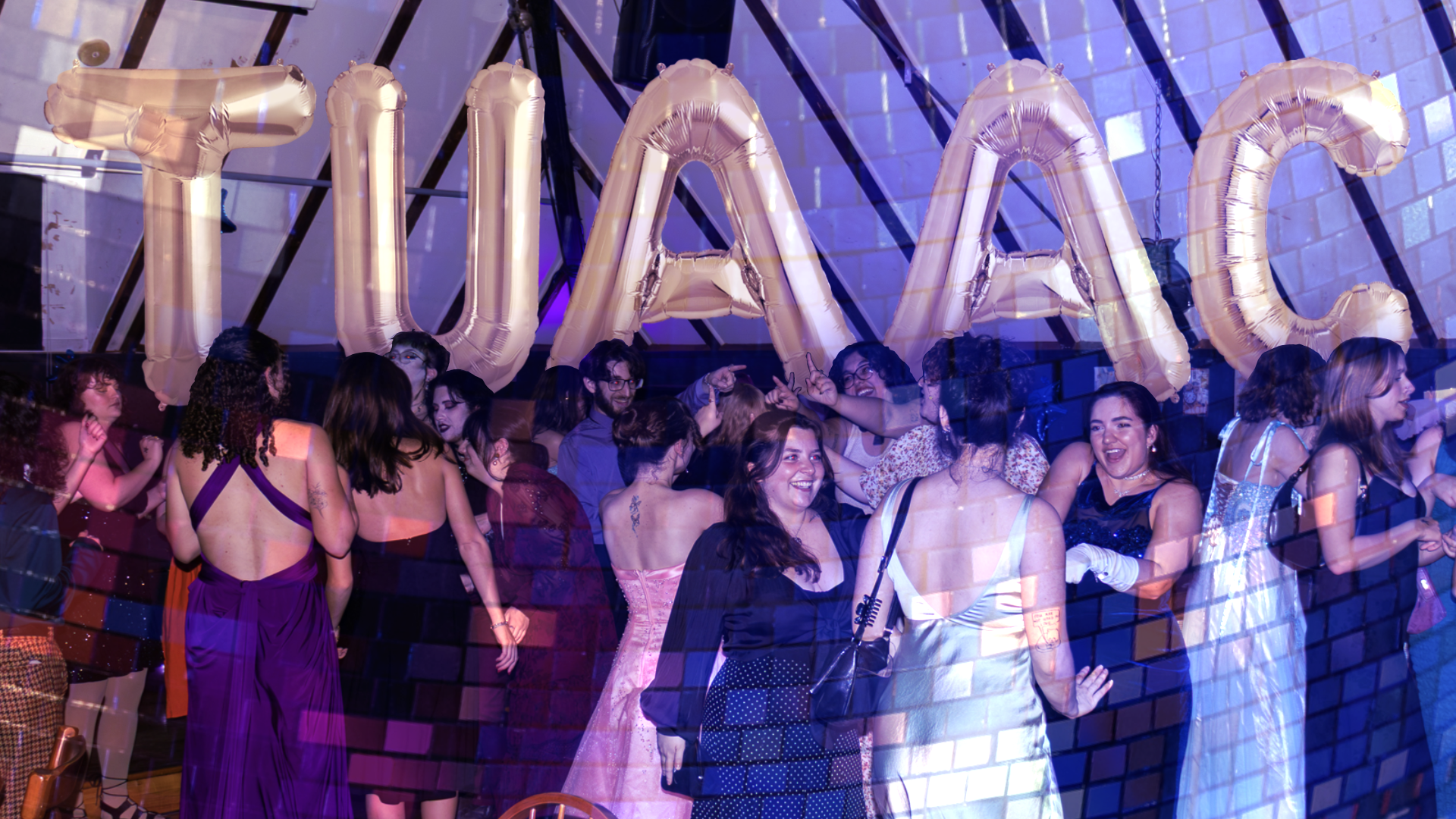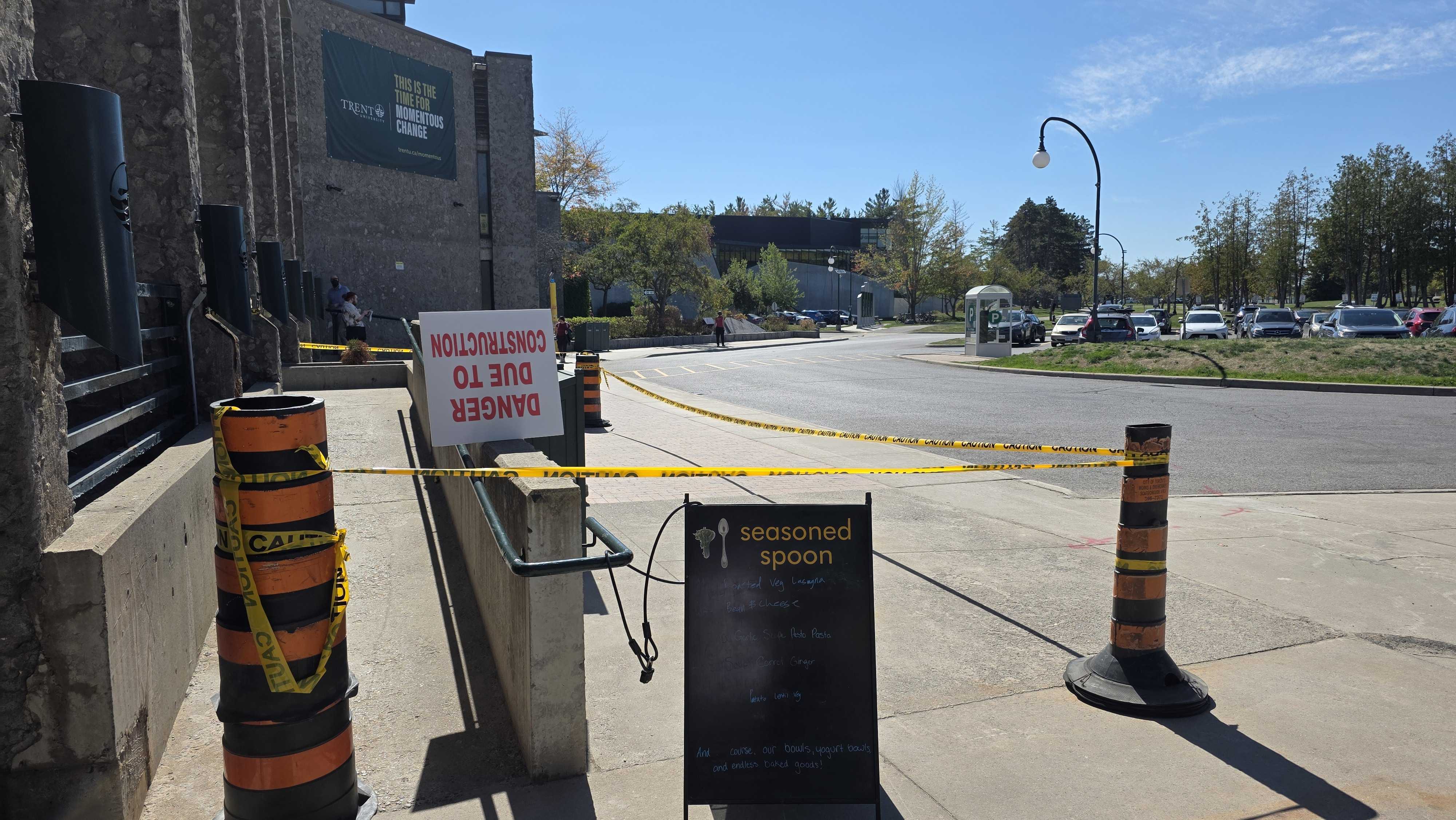On Friday September 21, Traill College hosted “Queering Disability and Disabling Queerness – A Panel on Access” at Bagnani Hall as part of Peterborough Pride Week. This panel sought to “explore the intersection of two oppressed bodily identities, examining overlaps in experience, conflicts, exclusions, and opportunities for collaboration.” Featured on the panel were Canadian fantasy author Fiona Patton; comic artist, illustrator, and storyteller Ronnie Ritchie; Trent English student Shannon Avery; and Trent University faculty member Derek Newman-Stille — all of whom identify as queer and disabled.
A panel such as this requires some basic understanding of what it means to be disabled — a label that is often spoken of but rarely clearly understood. Thus, the discussion began with what it means to be disabled, which is a question that even some of the panelists found difficult to grapple with. Such a definition may be unique to the individual who identifies with disability; however, it is important to understand that disability is a construct. Like Newman-Stille said, “It’s not a natural category… it’s a construct. Disability is something we create to cast certain bodies as normal bodies and cast other bodies as abnormal, different... It’s important for us to think about the way that disability is constructed and what it does as a construct.”
The panel went on to discuss how part of why this question is so difficult to answer is that disability occupies different parts of the self — the mental, physical and emotional — sometimes impacting more than one of these spheres at a time. There are also varying degrees of visibility within the disabled community. Disability is not always something visible or apparent; it is often invisible, manifesting itself in different ways. It quickly became clear that disability is a capacious term and thus, societal understanding of it ought to account for the diversity of bodies that identify with this label.
It was interesting having this conversation amongst queer people as there seem to be some interesting parallels between queer and disabled identity that compound as the two identities intersect. For instance, fairly early on in the discussion, a notion of having to come out as disabled was brought up. Coming out is often thought of as something only queer identifying people have to do and while coming out as disabled does differ from coming out as queer, there are surely some overlapping experiences. One key difference that was noted is that when someone comes out as queer in our society, their loved ones and the community around them often come to understand and accept this part of their identity. There is not usually a need for coming out to be a recurring experience. However, when someone comes out as disabled, they often have to continue to come out as disabled to everyone they meet.
There were also discussions surrounding the experiences stemming from this specific intersection of disability and queerness. Many of the panelists shared in a sentiment of having to question if they were queer enough or disabled enough to take up space in either community. They also touched on the difficulties involved in being disabled in the queer community as many queer spaces are inaccessible for disabled folks. Newman-Stille characterized this intersection as one that often results in disabled queer folks feeling exiled in both of these communities.
It didn’t take long for the panel to open up to include discussion from the audience. This was not surprising for a panel on the topic of accessibility. The audience was made to feel comfortable asking questions and sharing their personal encounters with queerness and disability. It was a safe space where people could share and feel understood by people who have had similar experiences. Enveloped in acceptance by fellow community members, it was a powerful experience for those involved.
This panel fostered a safe and comfortable environment for an often difficult conversation to take place. However, this is an important conversation that needs to continue. In light of this discussion, we can remain hopeful that the Trent and Peterborough-Nogojiwanong communities will continue to facilitate and make space for queer accessibility outside of Pride Week.


.png)


.jpg)


.jpeg)



.jpg)


.jpg)





.jpg)



.png)